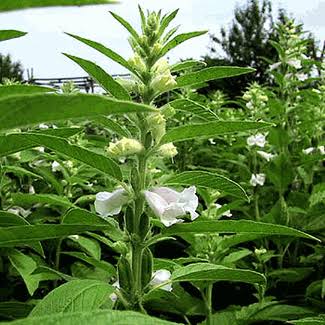
FDA does not include sesame on its “Top 8 Allergens” list—commonly known as “the big eight,” which requires food manufacturers to list any of the eight most common ingredients that trigger food allergies. Lots of people want to change that.
More than 1.5 million Americans experience adverse reactions to sesame every year. The flareups can be relatively minor—skin irritations like hives, for instance—or serious and life-threatening, like whole-body anaphylaxis.
Sesame shows up in all kinds of foods, from beef jerky to candy corn. And more people are allergic to it than ever before: We’re up from 0.1 percent of the population to 0.49 percent in less than a decade. But in spite of its ubiquity, sesame can be easy to miss on an ingredient label. That’s because it does not have to be listed under its common name. It can fall under the category of “spice” or “natural flavor” on a package, or it can be listed with an unfamiliar name like “gingelly oil,” “til oil,” or “tahini.”
To make matters even less transparent, the Food and Drug Administration (FDA) does not include sesame on its “Top 8 Allergens” list—commonly known as “the big eight,” which requires food manufacturers to list any of the eight most common ingredients that trigger food allergies. (They are: milk, eggs, peanuts, tree nuts, fish, shellfish, soy, and wheat.)
Illinois thought it was time to change all this. In July, the state’s Democratic Governor, J.B. Pritzker, signed into law HB 2123, which amended Illinois’s Food, Drug, and Cosmetics Act to require that any packaged food list the presence of sesame on its label. For its part, FDA said nothing.